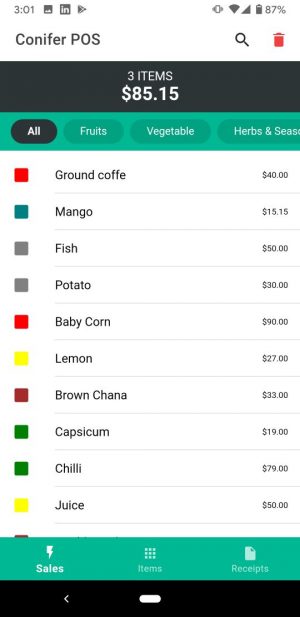Introduction to Web Accessibility
Web accessibility ensures that all users, regardless of their abilities or disabilities, can access, understand, and interact with websites and web applications. By implementing web accessibility best practices, developers can create inclusive digital experiences that cater to a diverse audience.
The Importance of Semantic HTML
Semantic HTML is the use of proper HTML elements to convey the meaning and structure of the content. It provides a strong foundation for web accessibility by allowing assistive technologies, such as screen readers, to interpret the content accurately.
Key Semantic HTML Elements
Below are some essential semantic HTML elements to use for improved web accessibility:
- Headings (<h1> to <h6>): Organize content hierarchically, making it easier to navigate.
- Paragraphs (<p>): Separate blocks of text, enhancing readability.
- Lists (<ul>, <ol>, <li>): Structure related items, simplifying navigation.
- Links (<a>): Connect related resources, enhancing user experience.
- Images (<img>): Convey visual information, including alternative text for screen readers.
- Tables (<table>, <thead>, <tbody>, <tfoot>, <tr>, <th>, <td>): Present data in an organized, accessible manner.
ARIA Attributes for Enhanced Accessibility
Accessible Rich Internet Applications (ARIA) attributes provide additional information to assistive technologies, further improving web accessibility. Some common ARIA attributes include:
- aria-label: Provides a human-readable label for an element.
- aria-describedby: Identifies elements that describe another element.
- aria-hidden: Indicates if an element is visible to assistive technologies.
Testing Techniques for Web Accessibility
Automated Accessibility Testing Tools
Automated testing tools can identify potential accessibility issues, saving time and resources. Some popular tools include:
- WAVE (Web Accessibility Evaluation Tool): Analyzes web content for accessibility issues and provides suggestions for improvement.
- aXe: A browser extension that inspects HTML, CSS, and JavaScript for accessibility issues.
- Lighthouse: A Google Chrome extension that assesses web page performance, including accessibility.
Manual Testing Techniques
Although automated tools can detect many accessibility issues, manual testing is crucial for comprehensive evaluation. Manual testing techniques include:
- Keyboard-Only Navigation: Ensure all interactive elements are accessible via keyboard.
- Screen Reader Testing: Verify that screen readers can accurately interpret and navigate the content.
- Color Contrast Analysis: Assess if color combinations provide sufficient contrast for visually impaired users.
Essential Web Accessibility Resources and Tools
Guidelines and Standards
- Web Content Accessibility Guidelines (WCAG): Provides detailed guidelines for creating accessible web content.
- ARIA Authoring Practices: Offers recommendations for using ARIA attributes to enhance web accessibility.
Accessibility Testing Tools
- WAVE (Web Accessibility Evaluation Tool): Analyzes web content for accessibility issues.
- aXe: A browser extension that inspects HTML, CSS, and JavaScript for accessibility issues.
- Lighthouse: A Google Chrome extension that assesses web page performance, including accessibility.
- Color Contrast Analyzer: A tool that checks color combinations for sufficient contrast.
Assistive Technologies
- JAWS (Job Access With Speech): A popular screen reader for Windows users.
- NVDA (NonVisual Desktop Access): A free, open-source screen reader for Windows users.
- VoiceOver: A built-in screen reader for Apple devices (macOS and iOS).
Conclusion: Creating an Accessible Web for All
Web accessibility is crucial for ensuring that all users can access, understand, and interact with websites and web applications. By using semantic HTML, implementing ARIA attributes, and conducting thorough testing with automated tools and manual techniques, developers can create inclusive digital experiences. Staying informed about guidelines, standards, and best practices, as well as utilizing essential resources and tools, will empower developers to build a more accessible web for all users.





